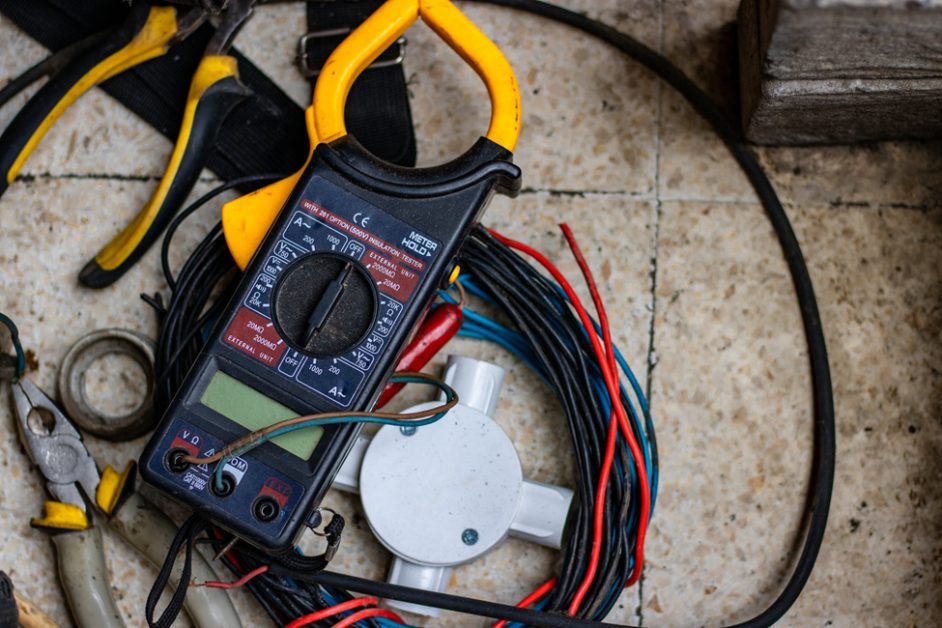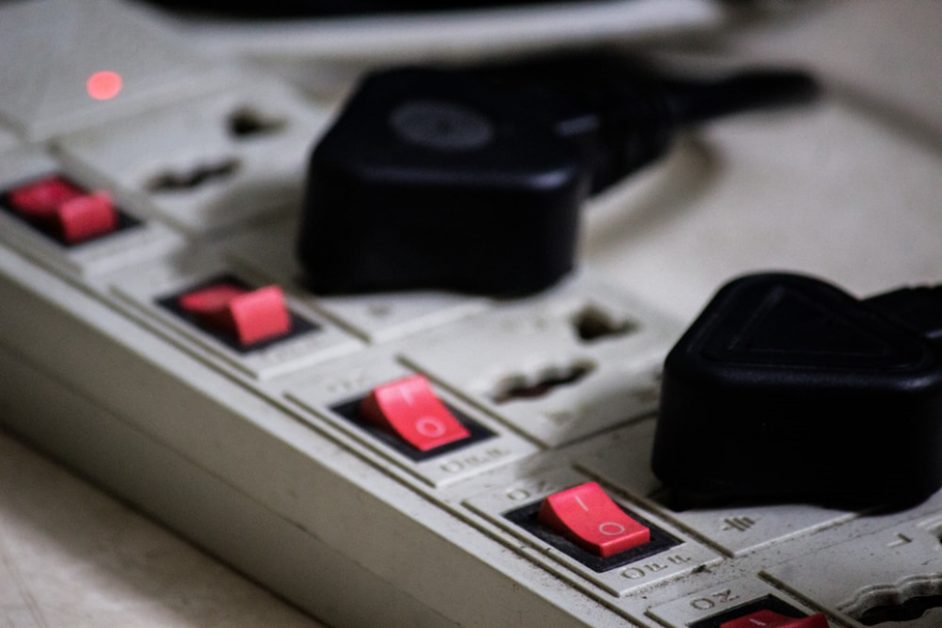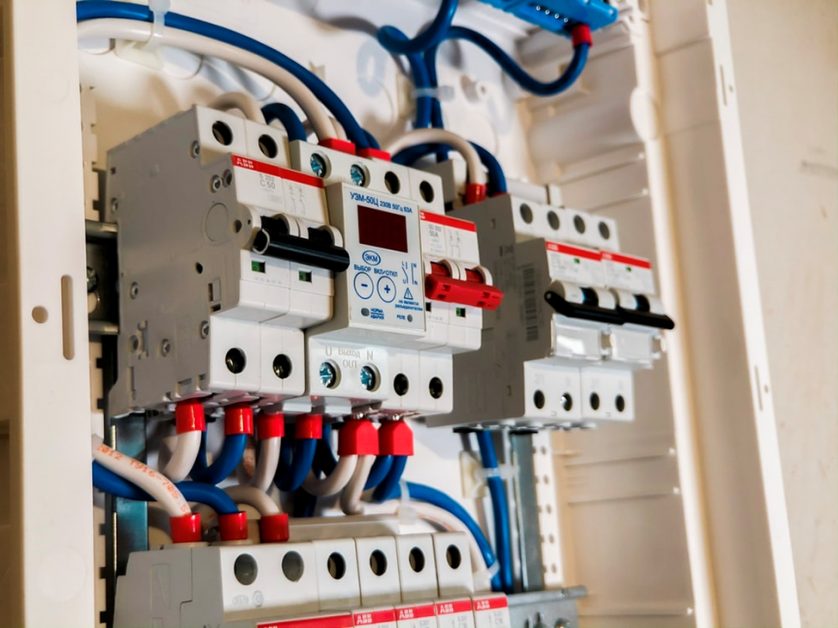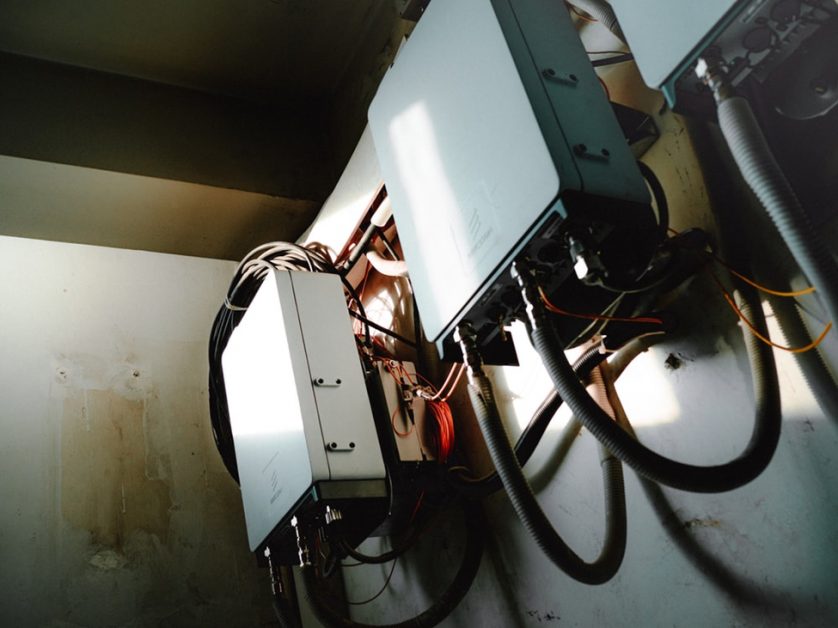What is 10/2 Wire Used For?

Electrical wires come in all shapes and sizes and depending on your project, you ideally use the one that suits your needs the best. Depending on the amount of load you are expecting to put on your system, you will need to choose the right gauge wire. In this article, we will be discussing the uses of the 10/2 gauge wire.
10/2 wire consists of two wires, one hot 10 AWG wire, and one white 10 AWG wire. It also consists of a ground wire which is a safety wire for extra protection. You can use 10/2 wires for circuits that can go up to 70 amps. Using a breaker that matches this amperage on your circuit is also important.
What is 10/2 Wire?
A 10/2 wire is basically a thick, high amperage wire with two 10 AWG wires in it. The easiest way to find out what wire it is is by looking at the name itself, as the 10 represents the AWG rating for the wire and the 2 is the number of wires present inside the single wire. The inner wires are black and white, the black one being the hot wire used to carry the current, while the white wire is the neutral wire. In most cases, you may also find a third ground wire, a safety wire that is added to make the circuit and the wires themselves more secure and safe.

What is 10/2 Wire Used for?
Given the high amperage that the 10/2 wire is capable of pulling, there are a lot of applications for it. Naturally, for something that powerful, it is typical for it to be used mostly in heavy applications where appliances and equipment that require a lot of current and voltage are used. Most 240v equipment also uses this wire as it can carry heavy loads for long periods without getting too hot. However, that does not mean its power is limitless and we will talk about where that limit stands in a bit.
If you have appliances like kitchen stoves, heavy-duty washing equipment, and even power tools, chances are that the main wire powering them is a 10/2 wire. Of course, there is also the 10 3 gauge wire that comes right next to it but has a much bigger amperage capacity.

What is the Maximum Amperage 10/2 Wire Can Handle?
The 10/2 wire can handle heavy loads and is generally rated for loads as high as 70 amps. This is the combined capacity of the two separate wires inside the overall cable, meaning that each inner cable can transmit up to 35 amps. Of course, it would not be smart to push them to their limits and discuss the application with your electrician prior to adding any serious load.
Do also keep in mind that depending on the manufacturer, the load can also vary for the same wire types. While the difference may not be too much, if you are using it close to peak capacity, then you must opt for a brand that guarantees a load limit that is slightly higher than what you need. This is to not only avoid overloading the circuit but also to ensure that the appliances and equipment you are trying to run do not keep on tripping.

Can You Run 12-Gauge Wire On a 20 Amp Circuit?
It is certainly possible to run a 20 amp circuit with a 12-gauge wire. The limit defined for 12-gauge wires by most manufacturers is also 20 amps, so you should be well within your limit with this wire. While it is ideal from a circuitry point of view for the amperage of the wire and circuit breaker to match, it is not so for the circuit itself. Keeping it exactly the same can run the chance of tripping the circuit repeatedly, making it difficult to use whatever you have connected to the circuit.
Therefore, make sure you use a good quality wire and a breaker with a slightly bigger limit than 20 amps. Your electrician will also need to test the circuitry and provide you with a final suggestion firsthand. (1)
What Size Wire Should Be Used to Run an Outlet Circuit?
While this question is one of the most asked and the easiest to answer, it is also one where people mess up the most. The first thing you need to remember is that it is not just about the outlet, but also the load it will be handling. That should be your starting point and you need to determine what kind of load you will be expecting to receive from the outlet for your equipment. Check for specifications on whatever device you intend to run on the outlet and use that as your guideline in finding the right solution for your specific needs.
Remember that electrical outlets/receptacles come in a wide variety of load options, and you must opt for one that has a bigger range than your appliance needs. Running outlets at peak capacity can cause the plastic outside of them to melt from the heat and even catch on fire. (2)
As for the wire types you are using, if you are running a 15-amp circuit, you will need a 14 AWG wire size. For 20 amps, you can use a 12 AWG wire size, and for 30 amps, you should use a 10 AWG wire size. The circuit breaker you use with them should match the amperage as well.
Take a look at some of our related articles below.
- Which wire is hot when both are same color
- How to identify neutral wire with multimeter
- How to hook up 2 amps with 1 power wire
References
(1) electrician – https://www.indeed.com/career-advice/finding-a-job/types-of-electricians
(2) catch on fire – https://www.redcross.org/get-help/how-to-prepare-for-emergencies/types-of-emergencies/fire/if-a-fire-starts.html
